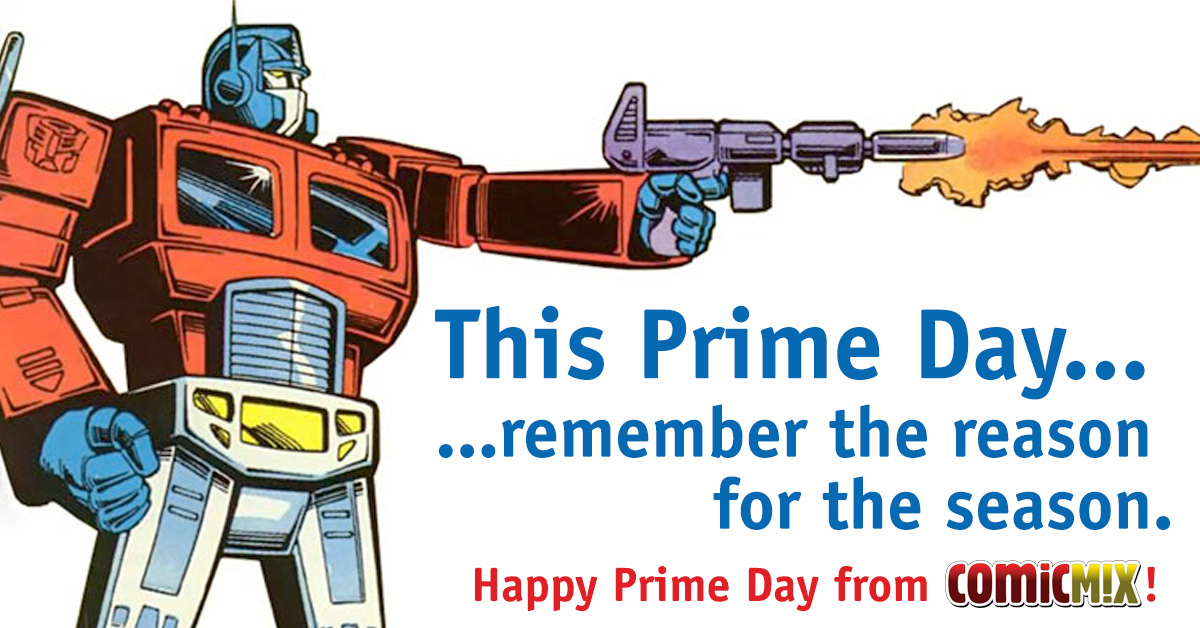The Unsinkable Walker Bean and the Knights of the Waxing Moon by Aaron Renier
My first reaction to this book is idiosyncratic and petty; it may also come off as a minor spoiler. So flee now if you need to.
If you call your organization the “Knights” of something, it implies certain things: people chosen for specific qualities, organizational structure, a martial bent. Calling the family that survived a cataclysm “the Knights of the Waxing Moon” does not check any of those boxes, or any of the other boxes that people think of when they think of knightly orders. The family can be the equivalent of a secret society, they can keep ancient mysteries and protect the treasures of the ancients — but they are in no way knights.
But here we are, in Aaron Renier’s graphic novel The Unsinkable Walker Bean and the Knights of the Waxing Moon . It continues the story of the original Unsinkable , picking up almost immediately after the events of that book and continuing to add more complications and dangers for young Walker and his friends.
I didn’t enjoy this one as much as I think I liked the first one: maybe I was in the wrong mood, maybe I didn’t remember the details well enough ten years later. This time out, I kept thinking too much of Knights was vague and unfocused: the shipwrecked pirates are divided into factions, sort of, but don’t have clear leaders and also don’t seem to be jockeying to create leaders. Their goals are equally vague or unclear: getting off the island they’re shipwrecked on feels like it should be a bigger deal than it is, or there should be a “we want to settle here” faction. The aforementioned Knights are mostly just living where they live and occasionally repelling people who wander in, without any larger plans. There’s a creepy family that clearly has some goals — riches and power, most clearly — but also already has a lot of unexplained power and abilities, no clear leaders, and underpants-gnomes-levels of fiendish plots. (Send more family members to the place where our family always dies…something something…we get the secret metal that controls the world!)
All in all, Knights felt like a book with a lot of people running around in circles for a couple of hundred pages. Sure, they found some Neat Stuff, and battled over that, but why they were doing any of it was always muddy. It looks great, and the characters are interesting and specific — but the ways they interacted didn’t quite click for me. To be brutally honest, it’s like a combination of me not paying enough attention this time and forgetting what I read in the first book. This is likely what we call a Me Problem, so check out the first book if you haven’t already (and which I loved at the time), and then maybe move on to this one if you like Walker’s first adventure.
![]()
![]()
Reposted from The Antick Musings of G.B.H. Hornswoggler, Gent.










































